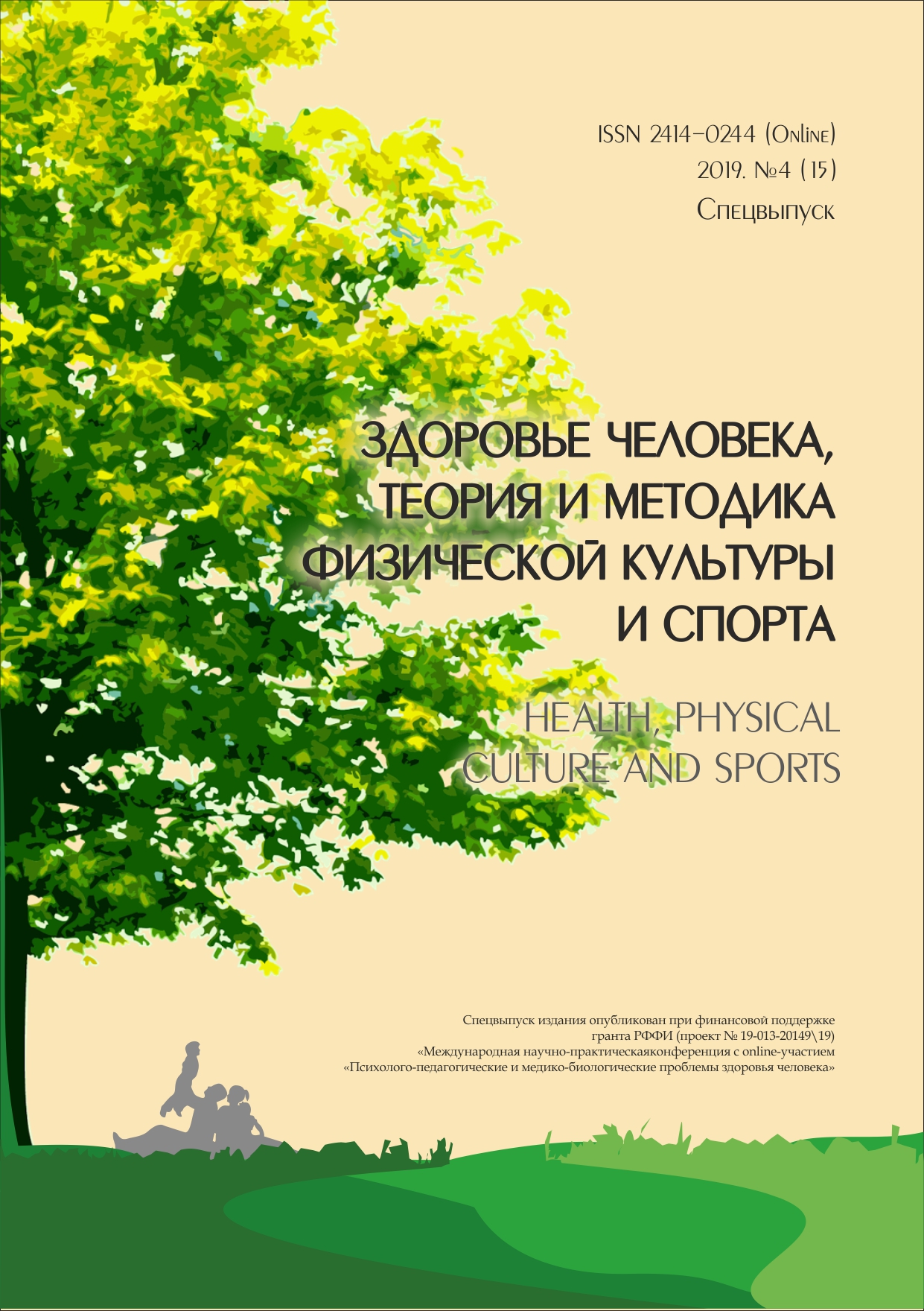RHEOLOGICAL PROPERTIES OF CHITOSAN EDIBLE FILMS
Abstract
e increased requirements for high quality and extended shelf life of fresh and minimally processed fruits in the recent years has helped forward the development of some innovative techniques to keep the natural and fresh look of the food for as long as possible while ensuring it’s safety. In this context formulation of new composite edible coating is a promising way to ensure fruit quality for a longer period. In this study hydrophilic and mechanical properties of composite edible lms from chitosan and grape seed oil have been determined. Due to its biocompatibility, nontoxicity and antibacterial activity, chitosan is a preferred polysaccharide for the production of edible lms and coatings. Grapeseed oil is high in vitamin E and phenolic antioxidants. It is also a rich source of omega-6 polyunsaturated fats. Mechanical experiments of the edible lms were done in tensile mode at constant deformation rate using the LS 1 (Lloyd Instruments) Universal Testing Machine. e break point, mechanical losses and relaxation parameters were determined. It was found that the increase of the grape seed oil content reduces the water holding capacity of the edible Ęlms, hence their hydrophobic properties are enhanced. At the same time the oil addition reduces the Ęlm strength and they become more brittle. Adding oil at concentrations up to 2 % results in an increase in the Young’s modulus. At higher concentration a decrease of the Young’s modulus is noticed. When the oil content increases, it plays a role of plasticizer, which enhances the viscosity properties of the material. As a result of the plasticizing eĭect of the oil, the stress and the relative deformation at rupture decrease, the equilibrium stress values decrease aNer the relaxation process, therefore, the visco-elastic behaviour with full relaxation of the tension is increased. Ɗe broadness of the relaxation time spectrum decreases when the oil content increases.Downloads
References
Guilbert S., Gontard N., and Cuq B. (1995). Technology and applications of edible protective lms. Packag. Technol. Sci., 8:339–346.
Report from the commission to the European parliament and the council on the progress of the re-evaluation of food additives {sec (2007) 998}; https://www.parliament.bg/pub/ECD/69864COM_2007_418_EN_ACTE_f.pdf
FDA. (2006). Food additives permitted for direct addition to food for human consumption 21CFR172, subpart C. Coatings, lms and related substances. https://www.fda.gov/Food/GuidanceRegulation/GuidanceDocumentsRegulatoryInformation/IngredientsAdditivesGRASPackaging/ucm073015.htm
Han J. H. (2002). Protein-based edible films and coatings carrying antimicrobial agents. In: Gennadios, A. Ed. Protein-based lms and coatings. Boca Raton: CRC Press, 485–499.
Vargas M., Pastor C., Chiralt A., Julian D. Mcclements, and Ch. G. Lez-Martinez, 2008. Recent Advances in Edible Coatings for Fresh and Minimally Processed Fruits; Critical Reviews in Food Science and Nutrition; Volume 48, Issue 6, 2008
Min S., and Krochta J. M. (2005). Antimicrobial lms and coatings for fresh fruit and vegetables. In: Jongen, W. Ed. Improving the safety of fresh fruit and vegetables. New York: CRC Press, 354–492.
Marudova M., Delcheva E. and Zsivanovits G. (2014): Mechanical Properties of Composite Films Based on Chitosan and Poly (L-lactic acid); Bulgarian Chemical Communications Volume 47, Special Issue B 2015 127–134.
Altiok D. & Altiok E. & Tihminlioglu, F. (2010). Physical, antibacterial and antioxidant properties of chitosan lms incorporated with thyme oil for potential wound healing applications. Journal of materials science. Materials in medicine. 21. 2227–36. 10.1007/s10856–010–4065-x.
Weiss J., Takhistov P., and McClements D. J. (2006). Functional materials in food nanotechnology. J. Food Sci., 71:107–116.
Bravin B., Peressini D., and Sensidoni A. (2004). In,uence of emulsier type and content on functional properties of polysaccharide lipid-based edible lms. J. Agric. Food Chem., 52:6648–6455.
ASTM (2013). Standard test methods for water vapor transmission of materials. Standard Designations: E96–95. In: Annual Book of ASTM, Philadelphia: ASTM, 406–413.
Zsivanovits G., & Marudova-Zsivanovits M. (2009). Rheological properties of pectin-polycation crosslinked lms. Journal of Optoelectronics and Advanced Materials, 11 (10), 1416.
Vozбry E., Csima G., Csapу L., & Mohos F. Application of Fractional Calculus in Food Rheology. Journal of Food Physics Vol. XXVIII. — XXIX. pp 26–32
Csima, G., & Vozбry, E. (2016). Stretched exponent rheological model of gum candy. Acta Alimentaria, 45 (1), 149–156.
Modulus of Elasticity — Young Modulus for some common Materials http://www.bestech.com.au/wp-content/uploads /Modulus-of-Elasticity.pdf
An author should not normally publish manuscripts describing essentially the same research in multiple journals or publication venues. Such redundant publication is generally considered to constitute unethical publishing behavior, and if discovered may result in a manuscript under consideration being rejected, or a published article being retracted.
Authors of manuscripts reporting on original research should present an accurate account of the work performed, accompanied by an objective discussion of its significance. Underlying data should be represented accurately in the manuscript. The manuscript should contain sufficient detail and references to permit others to replicate the work. The fabrication of results and the making of fraudulent or knowingly inaccurate statements constitute unethical behavior and may be cause for rejection or retraction of a manuscript or published article.





